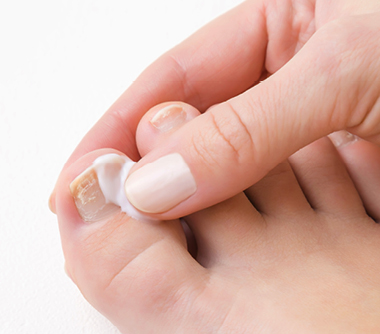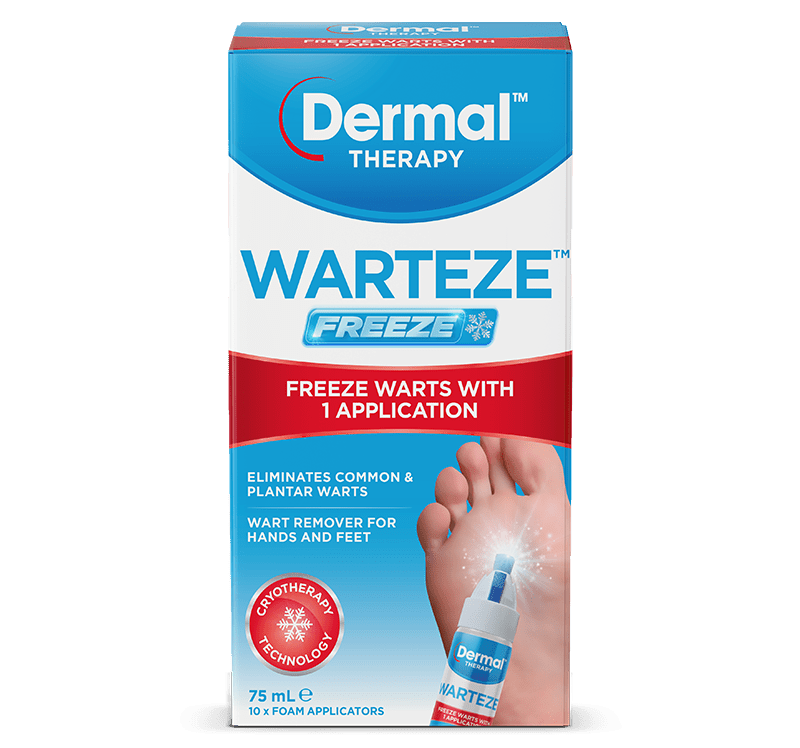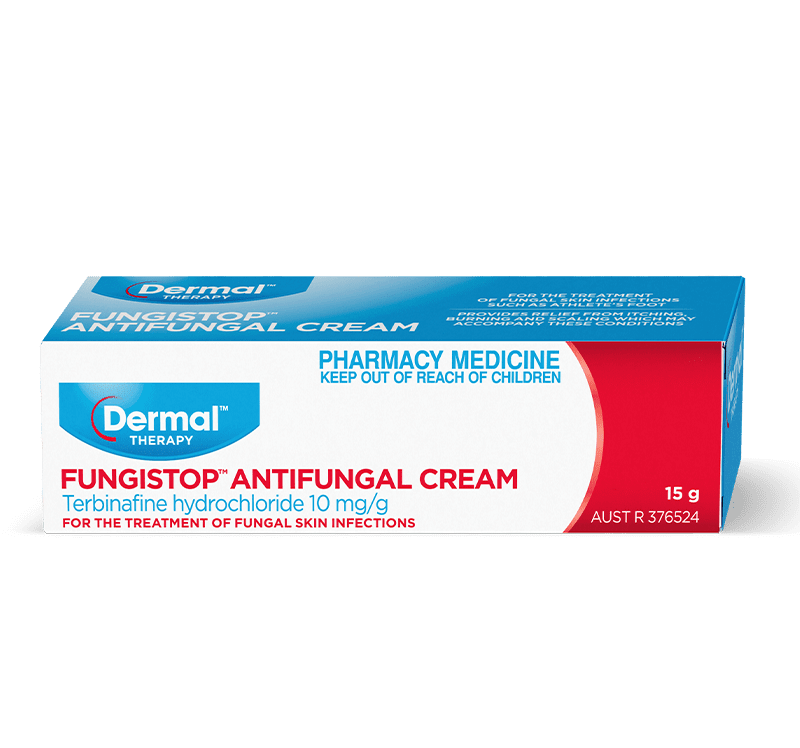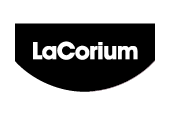Common Foot Fungus – Not So Innocuous!

Area
Wart & FungusDealing with foot fungus can be a frustrating and persistent problem. In our ongoing series, we’re tackling common foot health issues with expert commentary from Amit Saha, Head of Technical & Innovation at Dermal Therapy.
Key Takeaways
- More Than Just an Annoyance: Foot fungus, while seemingly minor, can lead to serious complications, including lower limb cellulitis.
- Two Common Types: Tinea pedis (athlete’s foot) affects the skin, while onychomycosis affects the nails.
- Favourable Conditions: These infections thrive in hot, humid environments and are often encouraged by restrictive footwear.
- Vigilance is Key: Early and effective treatment is crucial to manage the disease and prevent recurrence, especially for those with at-risk feet.
The term foot fungus describes superficial fungal infections of the foot. These infections can affect the outer layers of the skin, hair, and nails. Hot and humid environments and restrictive footwear encourage fungal infections.
Two of the most common foot fungi infections are tinea pedis and onychomycosis. A fungal infection of the foot typically refers to tinea pedis, also known as athlete’s foot or foot ringworm. If a person has a fungal infection of the nail, it is called onychomycosis, which is also known as tinea unguium.
Fungal foot infections, although seemingly innocuous, are a common problem particularly in the at-risk foot, which can adversely affect tissue viability. A growing body of evidence appears to suggest fungal foot infections are a significant risk factor for the development of lower limb cellulitis. Patients and practitioners are suggested to remain more vigilant in recognition and management of the disease with an effective treatment as well as an effective method for preventing recurrence.
Dermal Therapy’s Solutions for Foot Fungus
To address the specific needs of both skin and nail fungal infections, Dermal Therapy provides a range of targeted treatments.
Dermal Therapy Fungistop Antifungal Cream
Kick foot fungus to the curb with this complete antifungal treatment. Dermal Therapy Fungistop Antifungal Cream is a powerful cream that fights off infection and relieves symptoms with a once-daily application.
- 3-in-1 Relief: A powerful and affordable solution formulated to fight three common types of fungal infections: athlete’s foot, jock itch, and ringworm.
- Fast-Acting Formula: Powered by 1% Tterbinafine Hhydrochloride, this clinically- proven ingredient provides fast, effective relief from itching, burning, and scaling.
- Podiatrist Recommended: This effective treatment for skin fungus is recommended by podiatrists for a full-defence approach against fungal conditions.
Dermal Therapy Fungistop 3-in-1 Nail Treatment
Looking for a game-changing solution for fungal nail infections? Dermal Therapy Fungistop 3-in-1 Nail Treatment provides a simple, brush-on solution with visible results in as little as 7 days.
- Fast-Acting Results: Get clinically proven visible improvement in just 7 days, with 72% of study participants seeing a positive change within one week.
- 3-in-1 Formula: This powerful formula not only treats the fungal infection but also brightens the nail and reduces discolouration for a healthier appearance.
- Easy to Use: The convenient brush-on applicator and included nail files make treating the infection simple and effective.
For a deeper dive into causes, prevention, and treatment, explore The Complete Guide to Nail Fungus.
FAQs for Common Foot Fungus
The term foot fungus describes a range of fungal infections that can affect the skin, hair, and nails of the foot. The two most common types are tinea pedis (athlete’s foot) and onychomycosis (fungal nail infection).
Fungal foot infections are encouraged by hot and humid environments, often exacerbated by wearing restrictive footwear.
While seemingly minor, foot fungus is a common problem that can adversely affect tissue viability, particularly in the at-risk foot. Increasingly, evidence suggests it’s a significant risk factor for the development of lower limb cellulitis.
Early and effective treatment is crucial to manage the disease and prevent recurrence, which can help mitigate the risk of more serious complications.



































